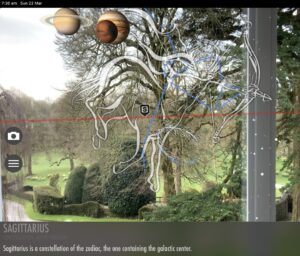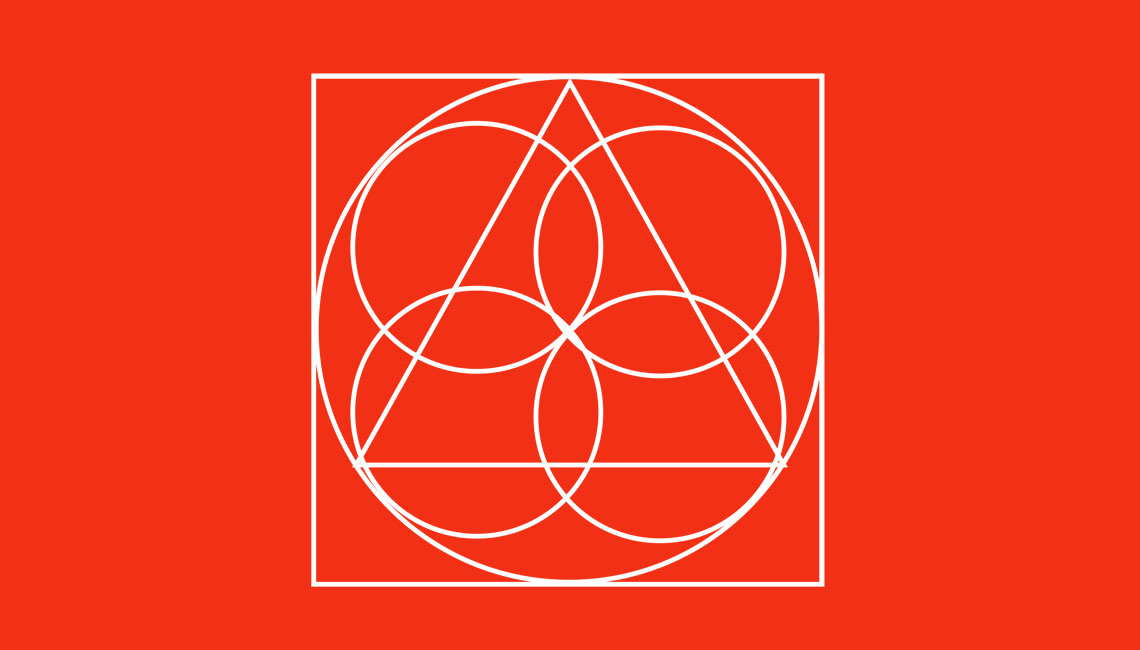Carl Jung first introduced the notion of the wounded healer (1951) to illustrate how only a wounded physician could heal effectively.
Since then, the main archetypal image associated with the Healer is Chiron, the half-human, half-god, half-horse centaur from Greek mythology.
But the role the wound plays in the healer is just one facet of Chiron.
Symbolically, Chiron is a liminal being because he is encountered at thresholds; of woundedness and healing, of knowledge and mastery (as in the teacher/student relationship).
Some of Chiron’s student include Achilles, Ajax, Odysseus, Perseus, the great healer Asclepius.

In non-Western cultures however, this latter master-apprentice dynamic stands in the forefront in the Healer archetype.
In most South Asian cultures for instance, healing is an inherited vocation. But a person with special knowledge (herbs for example) within the social group is invited to become an apprentice.
In matters of the spirit, it’s the skill of clairvoyance (as in the exorcism masked dance rituals in Sri Lanka called Sanni) that allows a person into the vocation. In traditional shamanism, the healer is ‘born’ to the role not through genetics but by a more ephemeral path. Here signs and omens indicate lineage.
In all instances however there is a liminal quality of origin the healer must satisfy.
Chiron’s liminality is also reflected in his physical form and ancestry. The son of the Titan Cronus and the sea nymph Philyra, he is half-earth and half-sea. He represents a dual nature and is the bridge between matter and emotion, the deep realm of water.
Chiron’s life is not limited by ‘clock-time’ or a life-span either. Yet he is capable of being wounded, just as humans are. In this sense he represents the human condition, giving him the power of empathy. An interesting fact about his wounding is, it was accidental; he dropped one of Hercules’ poisonous arrows on his foot. Much of human psychological wounds are made by accident too, although the repercussions are enduring.
Being part animal, implies a primal instinct that has the potential to overpower human rationality and restraint, especially as centaurs are a raucous bunch, given to overindulgent carousing and belligerence.
Yet Chiron is different; he is kind, thoughtful and generous because of his upbringing. He represents the Abandoned Child archetype too, because at birth he was left to die at Mount Pelion. Apollo and Artemis became his teachers. Chiron’s difference from his biological brethren is a symbol of the old nature vs nurture debate.
From the lens of the stages of the Individuation process, Jung’s wounded physician-healer has arrived at the advanced stage of service; he has moved from the small container of the ‘I’ and the inward journey to now look outward to the world to what is larger than himself. This is the point where in the mythic hero’s journey, the hero returns with the elixir to share it with the world
© 2021 Amali Gunasekera. All rights reserved.

